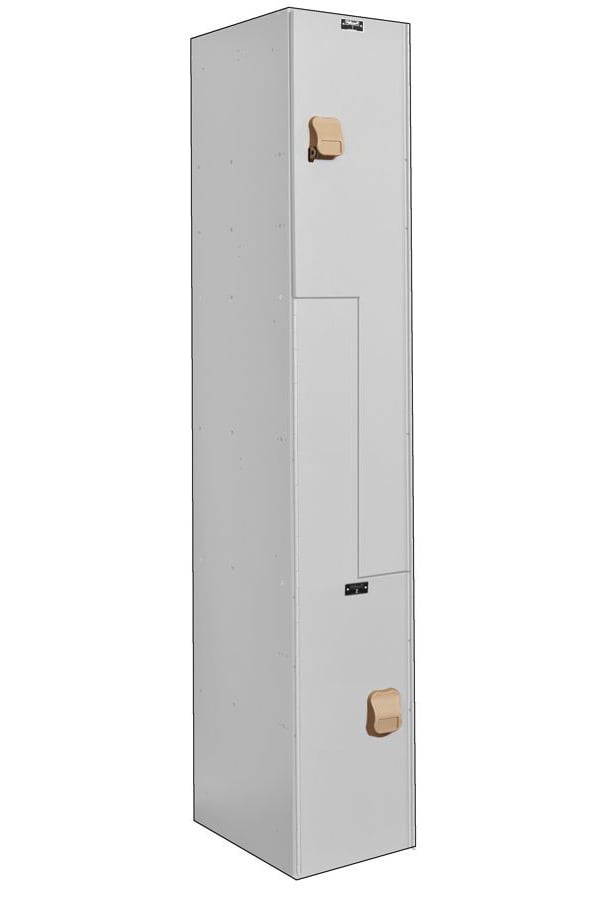Plastic lockers are a durable, low-maintenance storage solution ideal for environments where moisture, humidity, or corrosion might damage traditional metal lockers. They’re often made from high-density polyethylene (HDPE) or similar rugged plastics that resist dents, rust, and scratches — making them a long-lasting option for both indoor and outdoor use.
Here’s a quick overview of what makes plastic lockers a great choice:
Key Features
-
Corrosion and Rust Resistant: Unlike steel lockers, plastic lockers won’t rust, corrode, or warp, even in damp or coastal environments.
-
Waterproof and Hygienic: HDPE material is non-porous, which helps prevent mold, mildew, and bacteria buildup — perfect for gyms, pools, and locker rooms.
-
Easy to Clean: Smooth surfaces make cleaning simple with just soap and water.
-
Impact Resistant: The solid plastic body resists dents and scratches, keeping lockers looking new even in high-traffic areas.
-
Color Options: Available in a variety of colors that don’t require painting or coating — the color is molded through the material for long-term vibrancy.
Common Applications
-
Schools and Universities – Durable enough to handle daily student use.
-
Fitness Centers and Spas – Moisture-resistant for wet environments.
-
Industrial and Warehouse Facilities – Great for employee changing areas.
-
Outdoor Facilities – Weatherproof construction allows for outdoor placement.
-
Recreational Facilities and Pools – Excellent for wet or high-humidity environments.
Advantages Over Metal Lockers
-
No need for painting or refinishing.
-
Longer lifespan in challenging environments.
-
Quieter door operation — no metal clanging.
-
Resistant to graffiti and easy to sanitize.

